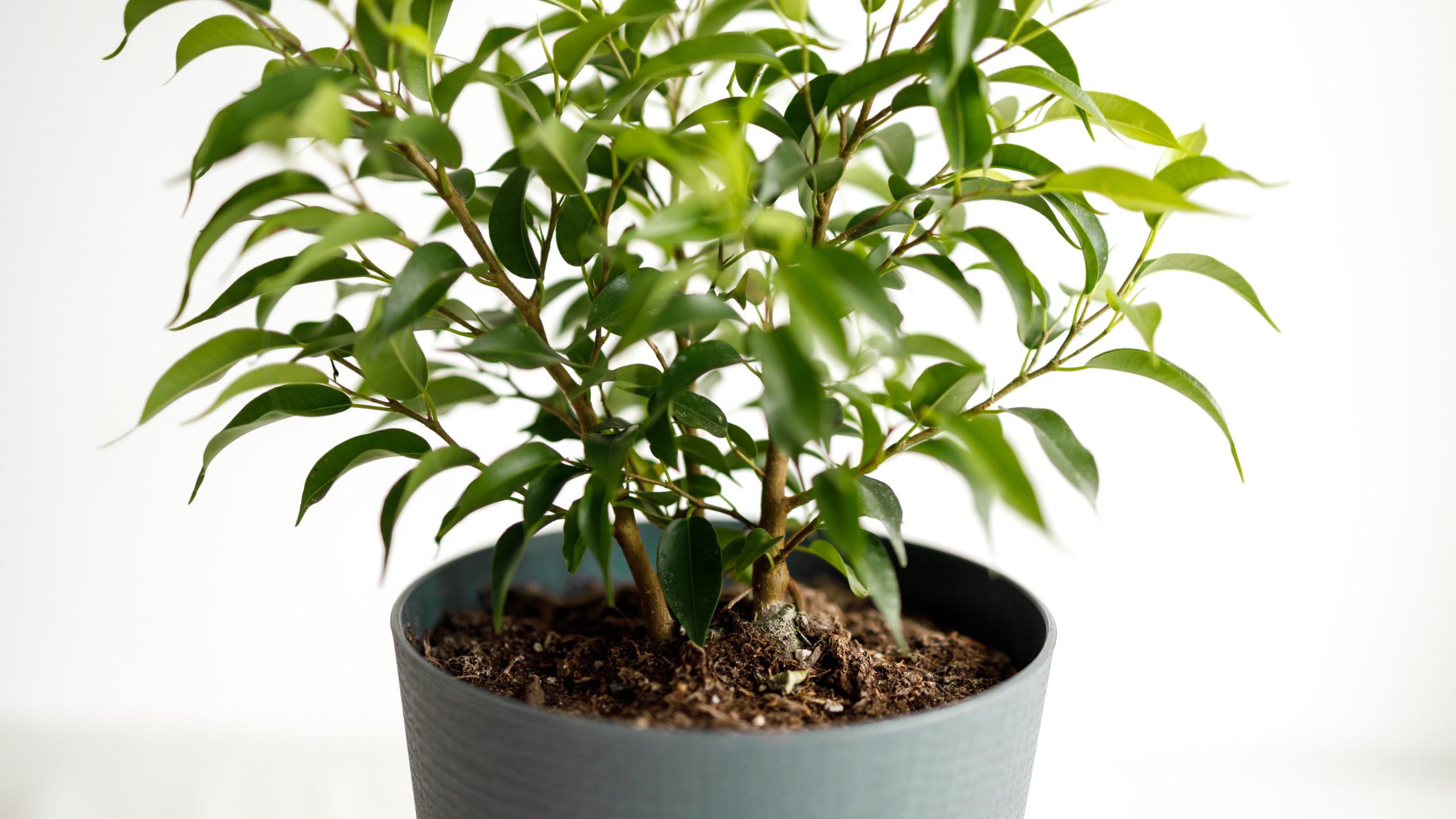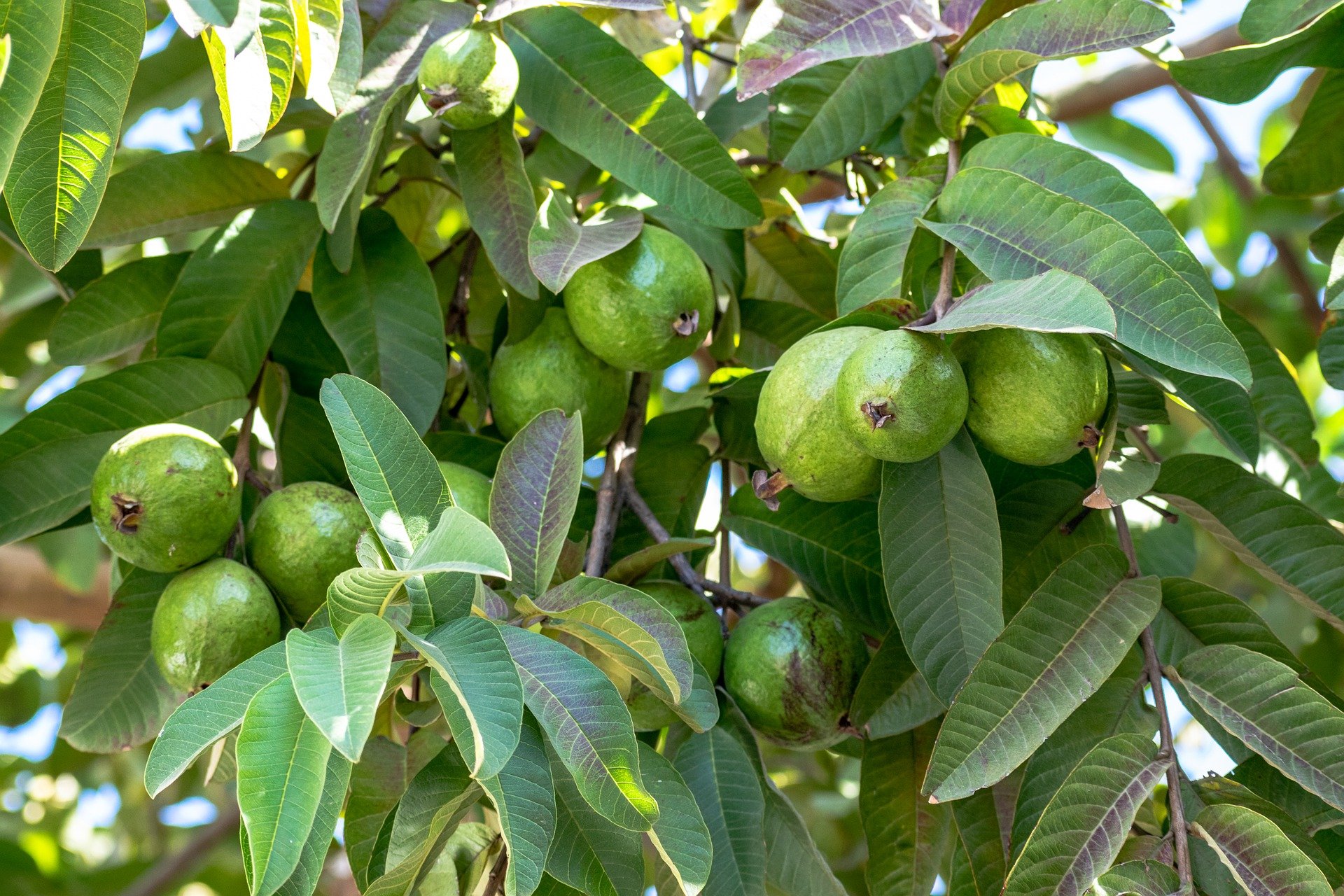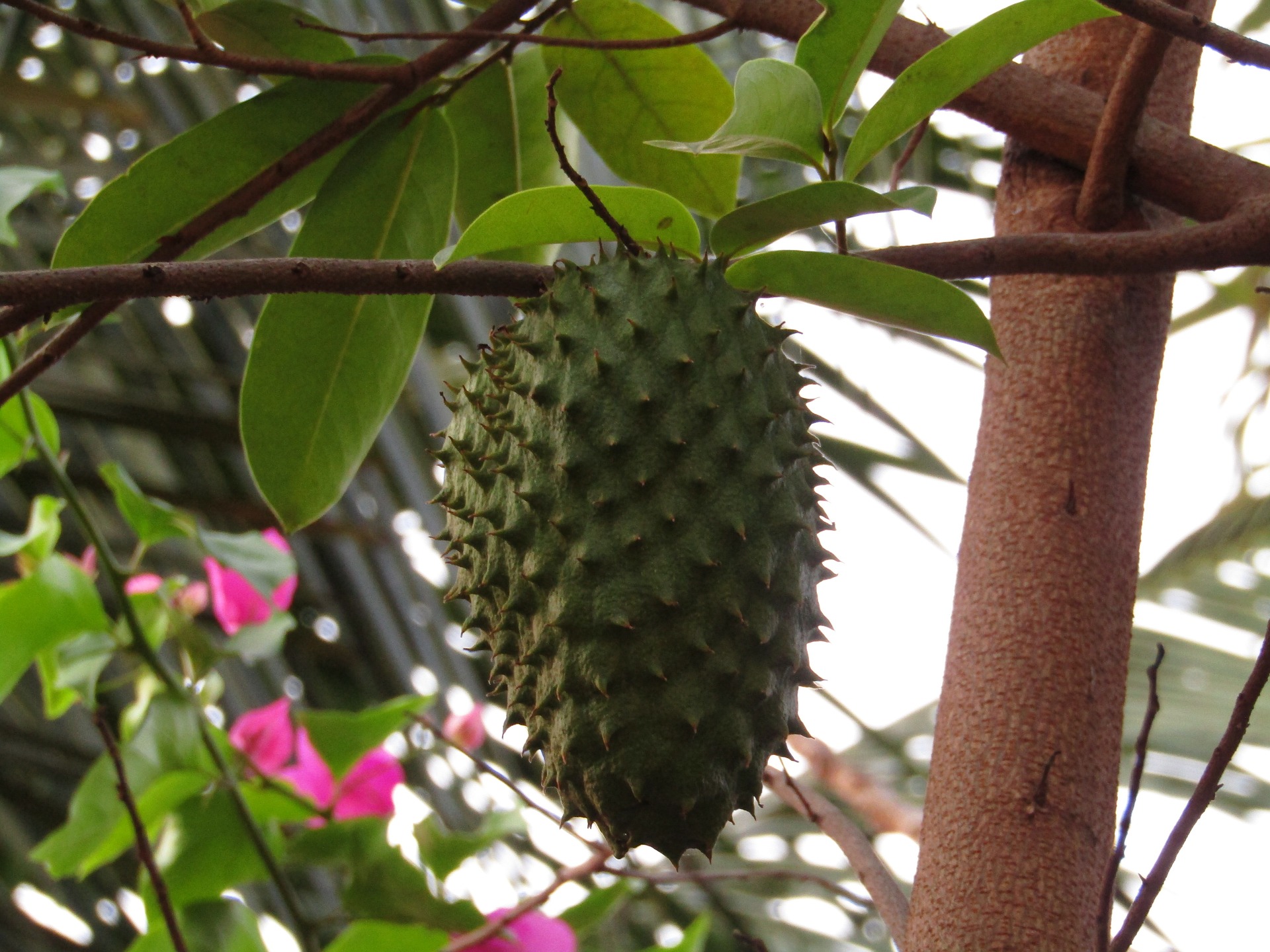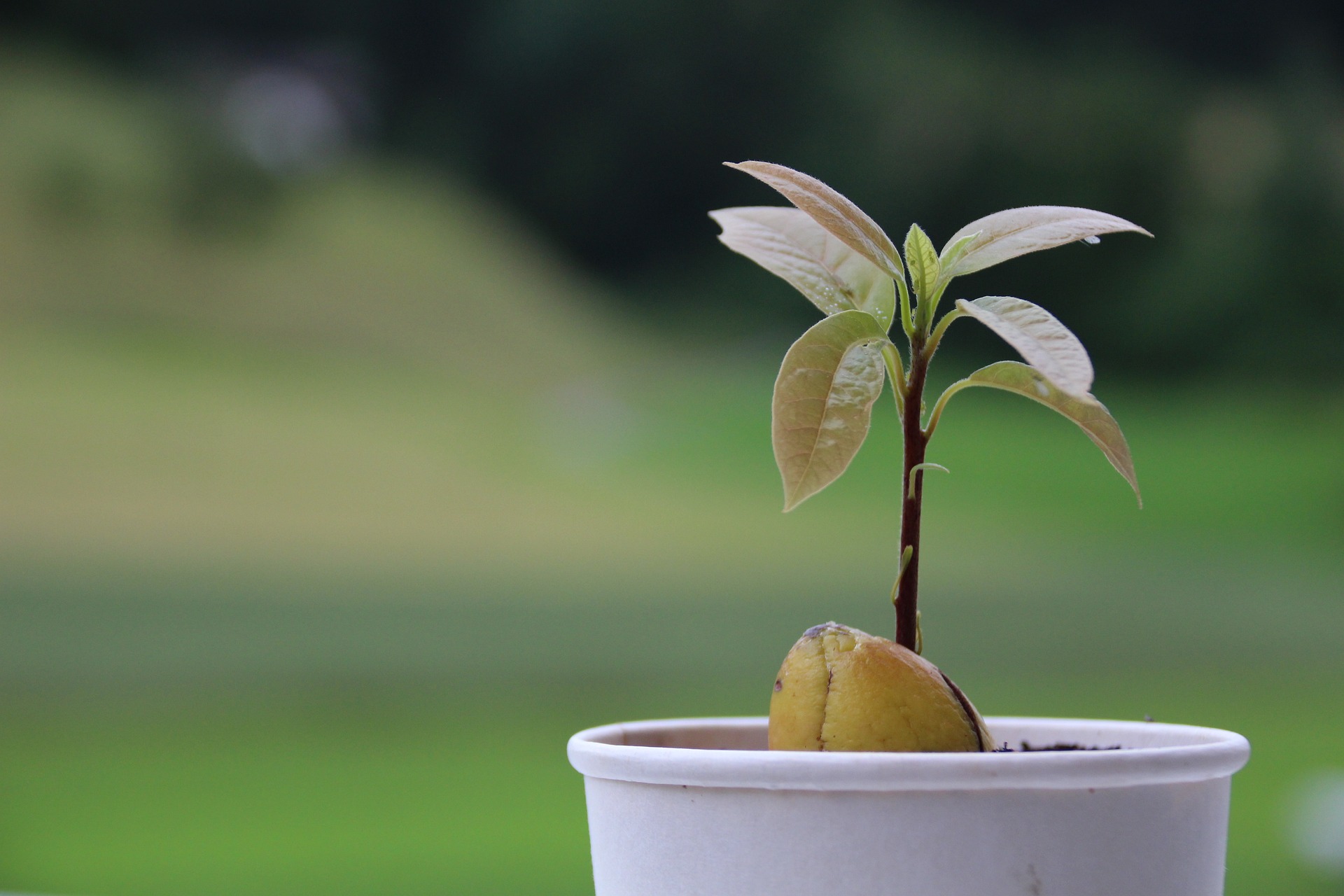Bringing the outdoors inside, weeping figs contribute to the creation of a green and vibrant indoor environment.
Weeping figs are also versatile in terms of design, as they can be grown as a tall, single-trunked tree or as a more compact and bushier shrub, which makes them suitable for various interior styles.
Weeping figs are known to be effective air purifiers that remove airborne toxins such as formaldehyde, xylene and toluene which adds to their overall appeal.
Here’s a complete guide on how to grow and care for weeping fig:
Description
The weeping fig (Ficus benjamina) is a popular evergreen tree or shrub that belongs to the Moraceae family. It is native to Southeast Asia and Northern Australia.
It is grown for its glossy, dark green leaves which are its most distinctive feature. The leaves are typically narrow, lance-shaped, and pointed, creating a lush and attractive canopy.
The plant’s branches have a weeping or cascading growth habit, giving it a unique and artistic appearance. The arching branches add a touch of sophistication to indoor spaces.
The plant’s presence enhances the aesthetics of living rooms, offices, or any space where it is placed.
| Botanical name | Ficus benjamina |
| Common name | Weeping fig |
| Family | Moraceae |
| Plant type | Perennial |
| Light | Bright, indirect light |
| Leaf color | Dark green |
| Native area | Southeast Asia and Northern Australia |
| Toxicity | Toxic to pets and children |
Temperature requirements
Maintain temperatures between 65°F to 75°F (18°C to 24°C). Weeping figs can tolerate slightly cooler temperatures but should be protected from drafts.
Soil requirements
Grow weeping figs in well-draining potting mix designed for indoor plants.
Light/Sun requirements
Weeping figs prefer bright, indirect light. They can tolerate some direct sunlight but should be protected from harsh afternoon sun.
Humidity
Weeping figs thrive in higher humidity. If your indoor air is dry, consider using a humidifier or placing the pot on a tray filled with water and pebbles.
How to Plant Weeping fig
Weeping figs are usually bought as young plants from the nursey. Here’s how to plant the young plant in your indoor space(s):
Selecting a Pot
Choose a pot with drainage holes to prevent waterlogging.
Ensure the pot is large enough to accommodate the root system with some room for growth.
Potting Mix
Use a well-draining potting mix, preferably one designed for indoor plants.
Planting
Place the weeping fig in the center of the pot at the same depth it was in its nursery container.
Fill the pot with soil, pressing it down gently around the roots.
Water the plant thoroughly.
How to Care for Weeping fig
Regular Watering: Keep the soil consistently moist but not waterlogged. Allow the top inch of soil to dry out before watering again.
Weeping figs are susceptible to root rot, so avoid overwatering. Ensure that the pot has good drainage.
Pruning: Prune to maintain the desired shape. Weeping figs can be trained into a tree or kept more bush-like.
Remove dead leaves: Regularly remove dead or yellowing leaves to encourage new growth.
Fertilizing: Feed the weeping fig with a balanced liquid fertilizer every 2-4 weeks during the growing season (spring and summer). Reduce or stop fertilizing in fall and winter when growth slows.
Common problems
Pests: Keep an eye out for pests like spider mites and scale. Regularly inspect the leaves and treat any infestations promptly.
Leaf Drop: Weeping figs may drop leaves due to changes in light, temperature, or stress. It’s normal for some leaves to drop, but consistent leaf drop may indicate a problem.
Root Rot: Overwatering can lead to root rot. Ensure proper drainage and let the top inch of soil dry out between waterings.
Repotting Weeping figs
Repot weeping fig when the plant becomes root-bound or outgrows its current container, typically every 2-3 years.
When repotting, gently remove some of the old soil from the roots and replace it with fresh potting mix.
Toxicity
Weeping figs can be toxic to cats and dogs if ingested. The milky sap from leaves and stems can cause gastrointestinal upset, including symptoms like vomiting and diarrhea.




